A Slow-Rolling Disaster in Fracking Country
Ex-employees at “West Virginia’s Chernobyl” speak out on lethal cancers, regulatory failure and contaminated drinking water.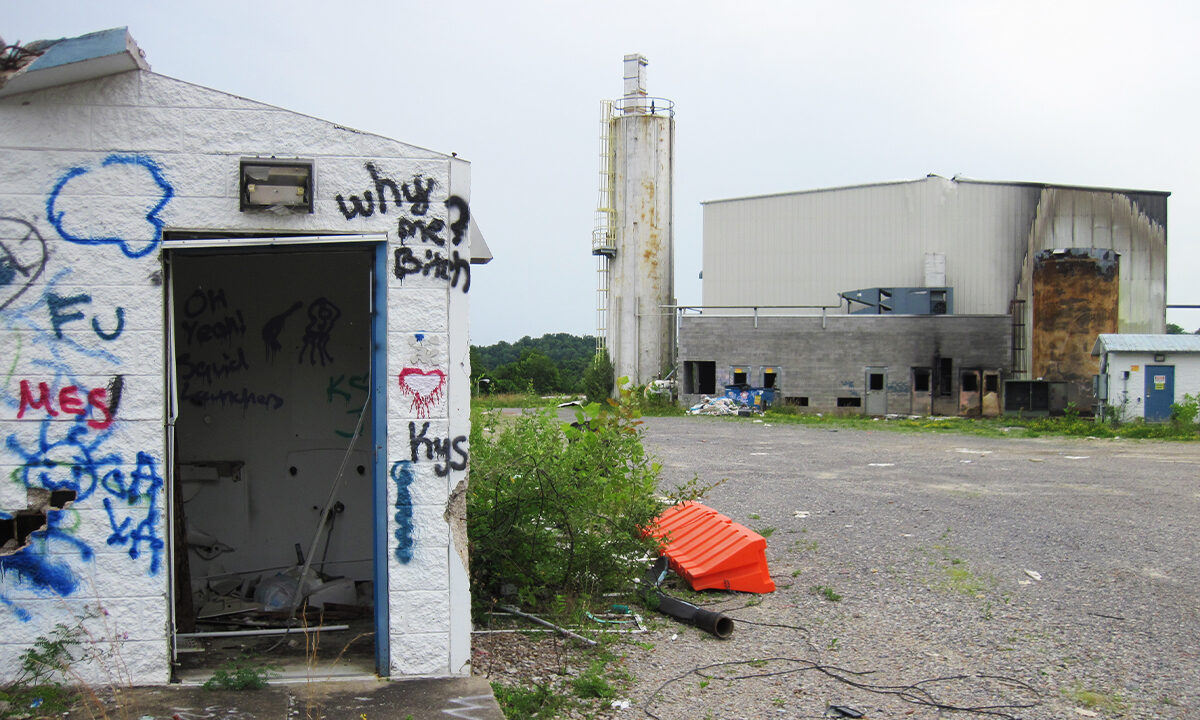 At the shuttered West Virginia plant, radioactive waste remains piled into abandoned dumpsters and left in pits and impoundments from which it continues to migrate across the grounds. The site is littered with graffiti, beer cans, and used condoms, indicating its use by local teenagers as a party spot. (Photo: Justin Nobel)
At the shuttered West Virginia plant, radioactive waste remains piled into abandoned dumpsters and left in pits and impoundments from which it continues to migrate across the grounds. The site is littered with graffiti, beer cans, and used condoms, indicating its use by local teenagers as a party spot. (Photo: Justin Nobel)
Sean Guthrie still remembers his transition to working with fracking waste in 2009. He knew nothing about the industry, but non-oil local employment had dried up in the post-crash recession, and he gladly accepted an entry-level position at AOP Clearwater, a treatment facility in Fairmont, West Virginia. “I had been working in a state prison 12 years as a contract employee, and they lost the contract,” says Guthrie, who lives in a small city on the edge of the Appalachian Mountains in southwestern Pennsylvania. “I felt good about the job and thought we were doing something beneficial for the environment.”
The year after he took the job, however, AOP Clearwater had shuttered. In 2013, it reopened as Fairmont Brine under the ownership of a Warrendale, Pennsylvania-based firm called Venture Engineering & Construction. Guthrie began working at the renamed plant that September. He and his new colleagues saw their jobs at the plant as honorable — it put food on the table and appeared to contribute to the local economy while serving the national interest. It would be nearly a decade before they understood the job was leading them into a living radioactive nightmare, that two of their co-workers would die from cancer—stomach and brain—and that they would be haunted by fears about their own exposure to some of the most toxic elements on earth.
Guthrie now suffers a range of health issues that have sidelined him from manual labor jobs, led him to sell his cars to pay expenses, and left him wondering if he and his co-workers have unknowingly clipped their own lives short. “I would like to see some accountability,” Guthrie says.
The plant has since become a West Virginia version of Chernobyl, with documented and ongoing radioactivity releases into the soil, water and air. Four former Fairmont Brine workers, two speaking on the record, tell Truthdig that corners were regularly cut at the facility. They describe tanks and impoundments of untreated wastewater being intentionally discharged into the local environment, and workers systematically plastered in waste without adequate protection.
“I always wondered what we were getting covered in,” says Guthrie.
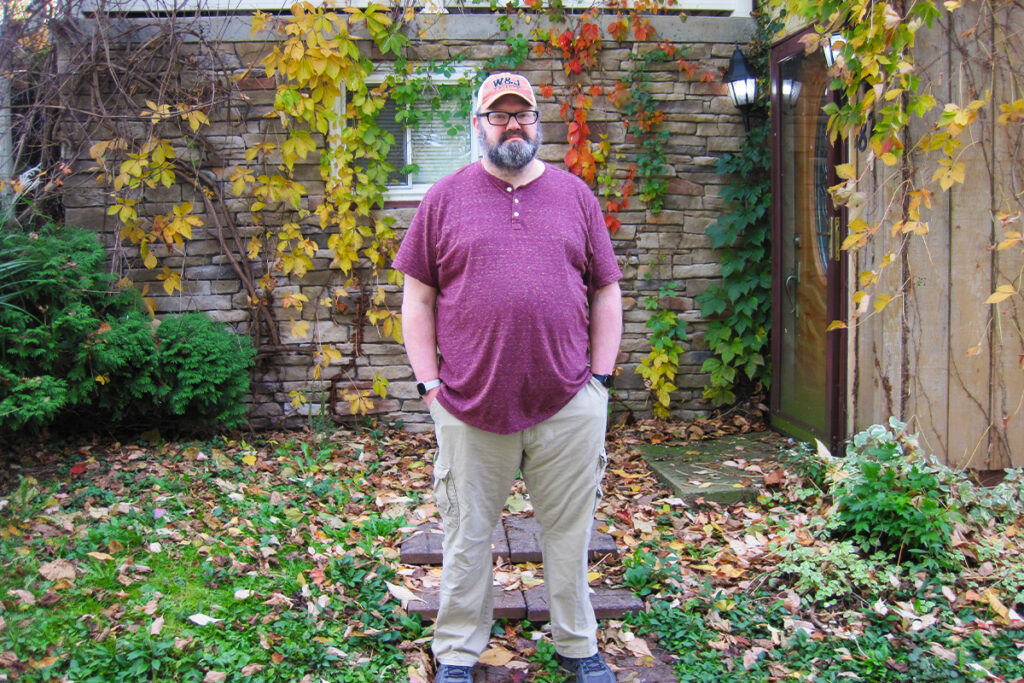
In September, Truthdig published a lengthy investigation of the Fairmont Brine plant, located on a hilltop in Fairmont, West Virginia. Less than three years after the plant began treating, cleaning and recycling fracking wastewater, the Kentucky Department of Environmental Protection learned radioactive oil field waste originating from Fairmont Brine had been illegally dumped at a landfill in eastern Kentucky, located near a high school and middle school. By 2017, the company was having trouble paying debts, and the following spring, Fairmont Brine was shuttered, leaving behind a dangerously contaminated site of operations and an unknown number of disposal locations that may have received radioactive oil field waste generated at the plant. Venture Engineering has not responded to requests for a list of the sites.
Meanwhile, at the shuttered West Virginia plant, radioactive waste remains piled in abandoned dumpsters and left in pits and impoundments from which it continues to migrate across the grounds. The site is littered with graffiti, beer cans and used condoms, indicating its use as a party spot. Samples processed by Eberline Analytical, a radiological analysis lab, reveal levels of the radioactive element radium at 5,072 picocuries per gram, more than 1,000 times the EPA limit, with bismuth, polonium and radioactive lead also present at worrisome levels.
Venture Engineering’s president and CEO, Dave Moniot, defends his company’s involvement in the facility. “We were first contracted in 2012 to provide certain engineering and construction management services to build a flow back and produced water treatment plant for the owner, Fairmont Brine Processing, LLC,” Moniot stated in an email in late November. “The facility was designed in accordance with the codes and regulations at the time. To our knowledge Fairmont Brine followed all regulations.”
Moniot said employees at the plant received a six-page explainer on radioactivity. But in interviews with Truthdig, Guthrie and other workers deny ever receiving such a document and say radiation hazards were never mentioned. (A company promotional video posted to YouTube in 2013 does not mention radioactivity: “Finally, an environmentally friendly safe option for treating frack water while producing valuable products.”) Throughout the plant’s lifespan, meanwhile, company executives routinely boasted of the plant’s superior solutions and were lathered in public praise, including an award for industry “innovation” by the Shale Gas Innovation & Commercialization Center, which was associated with Penn State University.
Four days after the publication of Truthdig’s story, on Sept. 22, the EPA issued a report confirming the dangerous state of the facility. “The Site is unsecured and rampant trespassing and vandalism has been observed by local and state officials,” the agency stated. “Human exposure to radionuclides by inhalation, absorption, or ingestion is possible.” EPA officials confirmed that radiation levels have been detected at more than 3 milliRoentgen per hour, above Occupational Safety and Health Administration limits, and high enough that employees working 12-hour days (common at Fairmont Brine) could have surpassed Nuclear Regulatory Commission annual limits in three days. The EPA cited particular concern about radium, which “can affect the blood, eyes, and teeth. Radium is also a known human carcinogen.”
The plant has since become a West Virginia version of Chernobyl, with documented and ongoing radioactivity releases into the soil, water and air.
The EPA noted abandoned drums of toxic materials at Fairmont Brine and determined that radiation levels appear to be increasing as waste continues to ooze from the dilapidated facility, with pollutants and contaminants freely migrating offsite in heavy rains. This is particularly concerning, says EPA, as “the facility is situated on a hill approximately 142 feet above the nearby Monongahela River,” a source of drinking water for communities across northern West Virginia, and further downstream in Pennsylvania, including the city of Pittsburgh. “The quantities and types of hazardous substances entering the river is unknown,” says the EPA, which initiated the allocation of $250,000 “to immediately begin” an assessment under the Comprehensive Environmental Response, Compensation, and Liability Act, better known as the Superfund program and reserved for the nation’s most notoriously contaminated toxic waste sites.
However, regulators continue to ignore the radiation hazards faced by workers at Fairmont Brine and AOP Clearwater, the earlier iteration of the plant. Government agencies have not widely promoted the risks that oil field radioactivity poses to workers and nearby communities, and as a result much of the public remains largely unaware of the problem. But after seven years researching official papers, academic studies and legal cases for a forthcoming book, I have documented that the problem is real and vast, posing harm to the environment and communities across the country, with none more at risk than the industry’s own workers.
“It is great EPA is examining this situation, but they are controlling the narrative, and we need to hold them accountable and ensure they actually lay out all of the harms,” says Dr. Yuri Gorby, a former Department of Energy scientist and West Virginia native, who along with Jill Hunkler, director of the grassroots group Ohio Valley Allies, accompanied me on visits this year to the Fairmont Brine site. Like other concerned local and regional residents, Gorby criticizes the EPA for not even attempting to contact community members who frequented the site to perform a rigorous radiation exposure assessment.
As the government continues to ignore the risks to workers, the situation has inspired an awareness and activism campaign in the city of Fairmont, led in part by local family physician Dr. Ken Hilsbos and his assistant and wife Nancy.
“I am telling you, people are not aware of these hazards around here,” says Dr. Hilsbos. “I am especially concerned about the workers, because they are always the ones that get thrown under the bus.”
Every day, nearly three billion gallons of “oil field brine” is brought to the surface at oil and gas fields across the country. Along with containing extraordinary levels of salts and toxic heavy metals such as arsenic, lead and strontium, this liquid can be rich in the radioactive element radium. Properly disposing of it has long been a problem for the industry. Presently, most of this wastewater goes to injection wells, where it’s shot into the deep earth. But injection wells can leak and lead to earthquakes and they have become increasingly despised by adjacent communities. In response to these concerns, a shadowy network of facilities has sprouted across the nation to treat and process oil field brine; transforming it, operators claim, into road salts and water clean enough to be used for new fracking operations or discharged to local waterways.
Sean Guthrie was soon promoted from main operator to operations manager at Fairmont Brine. Conversations with him and his co-workers paint a picture of the plant’s unsound and worrisome processes.
At the top of the driveway leading to the contaminated site there is an errant speedboat half-submerged in a flooded pit contaminated with radioactivity. This is where brine trucks entering the facility would unload their wastewater, including oil field brine and flowback, a waste stream that contains naturally radioactive contaminants and chemicals used in the fracking process that resurface when wells come online. Workers would mix in bags of sodium sulfate, a compound that helps sediments in the brine—including the heavy and radioactive metals—to clump together and drop out as a sludge at the bottom.
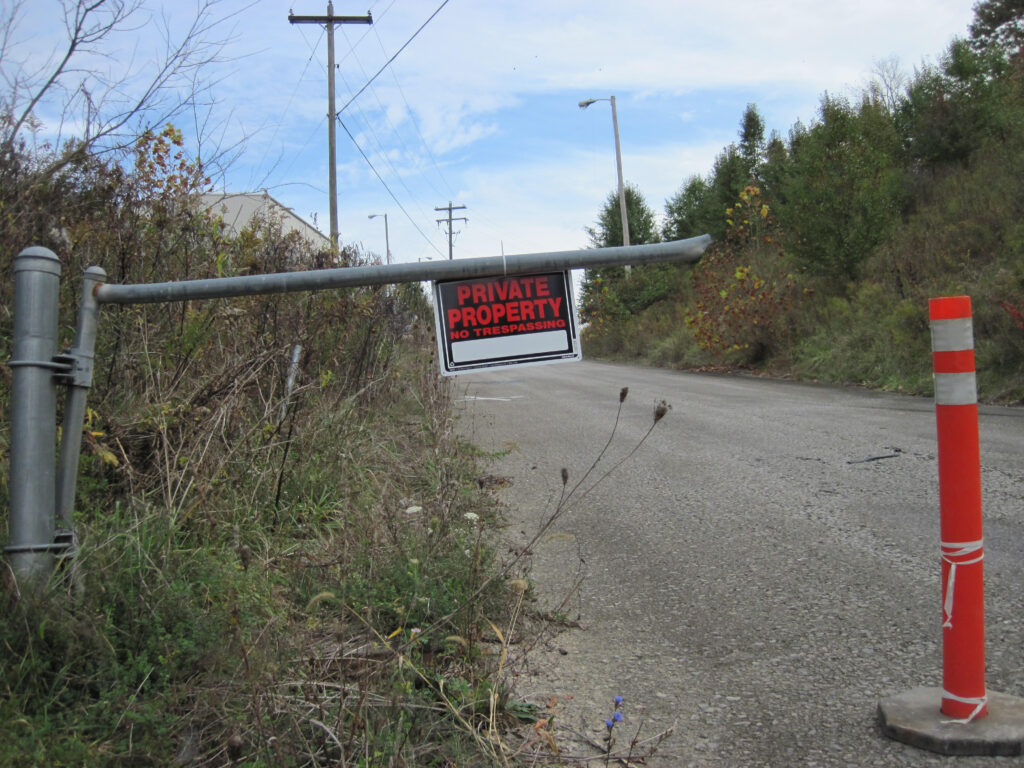
The leftover liquids went through a filtration system before being piped underground into a large storage impoundment known as the “brine pond.” Liquids filled with salts and some solids were piped downhill and into the main processing building, where they went through a series of specialized tanks known as vapor liquid separators. These enabled the heavy, salty slurry to fall to the bottom, while the water floated to the top to be boiled off as steam. The steam was cooled back into water and piped into a second impoundment, and after testing for certain contaminants—though not radioactivity— discharged through a pipe into the Monongahela River. The salts were used by local municipalities as road salts during the winter months.
At least, that was the plan. But according to these workers, plans routinely fell apart at Fairmont Brine.
For one, the pits where brine trucks dumped their wastewater would accumulate significant amounts of sludge. This, according to one worker, is how the incident in Kentucky happened, referring to the situation in January 2016 when the Kentucky Department of Environmental Protection learned radioactive oil field waste originating from Fairmont Brine had been illegally dumped at a landfill in the eastern part of the state. The EPA is aware this sludge has elevated levels of radioactivity, yet Guthrie says radiation risks were not mentioned to him, and no one wore dosimeters, the simple radiation safety devices required in the nuclear industry and radiation medical field that measure accumulated doses. “Venture was very nonchalant,” he says of the company. “They told us while there was radium in it, we weren’t concentrating it enough to have it be any kind of a danger.”
The brine pond that received the liquids from the pits experienced problems, too. Although this 125,000-barrel impoundment was lined, Guthrie recalls an incident when a rip was detected in the liner and a worker was tasked with swimming down to the bottom to repair the impoundment. Guthrie remembers his colleague had trouble descending through the dense, salty water, “They had to put weights on him to get him to go down,” he said. Other workers also recall this remarkable incident.
“They told us while there was radium in it, we weren’t concentrating it enough to have it be any kind of a danger.”
Despite the absence of serious regulation at the plant, workers say the West Virginia Department of Environmental Protection did not visit the fracking waste treatment plant very often. When the department did, it did not appear to understand exactly what was happening there. “I remember in one instance they came and looked down at our discharge in the Monongahela River,” says one former Fairmont Brine worker. “There were rocks we were spilling onto, and some of the rocks were orange, and there was debris and sediment that looked kind of funky. They just ignored that.” (The West Virginia Department of Environmental Protection has not replied to questions about Fairmont Brine.)
Some of the most serious problems occurred in the main processing building. The salt slurry transported between vessels on conveyor belts routinely fell off the belts and accumulated on the facility floor. This mess had to be shoveled away, a task that soaked workers in the material. Salty dust in the air was so thick, they recall, the workspace often appeared as if it were trapped in a haze. With no face masks or respirators, workers were forced to breathe it in. “The ventilation in that entire building was shit,” says Guthrie. “Your clothes got encrusted in salt and it would eat through your boots. When I came into my office and sat down, I could taste salt in my beard. If you licked your lips, or took a drink, you could taste salt in your mouth.” This part of the facility was also uncomfortably hot. The temperature in some areas “hovered around 120 degrees,” says Guthrie
Another problem was frequent breakdowns of the vapor liquid separators. That process relies on the water at the top of the vessels being regularly boiled off to create space in the tank for more salty water and maintain an appropriate pressure. But instruments on these vessels often falsely indicated that levels were low and more raw brine water was needed, when in reality levels were high, and the additional input pushed brine water to the top of the tank. This occasionally resulted in salty water that had not been fully treated being discharged to the Monongahela River.
Guthrie alleged two more examples of waste being dumped into the river or local environment. On a Friday in 2017, he recalled, the brine pond had filled up with wastewater, and Venture Engineering president and CEO Dave Moniot told him to take the weekend off and that he would fix the problem. Guthrie was suspicious. When he came back on Monday, the brine pond was significantly lower, but he saw no evidence of the 40 trucks Moniot claimed had drawn off the wastewater. What he did see was evidence that someone had unhooked a hose, enabling wastewater from the brine pond to run directly into the Monongahela River. “It looked like he hooked up the impoundment to run straight through the weekend and discharge the whole frigging thing into the river,” says Guthrie.
In a second incident, Guthrie says, he was asked to dump fluids from a set of frack tanks into the parking lot. “I wouldn’t do it, so they got some knucklehead on the nightshift to do it,” he says. There was a pond rich in waterfowl, turtles and fish located downhill from this location. After the incident, “fish in the pond turned up dead,” remembers Guthrie.
Moniot has not replied to specific questions about these alleged incidents. He has previously maintained that the facility operated under a National Pollution Discharge Elimination System permit, and to his knowledge “no water was ever discharged that did not get processed through the permitted multiple effect evaporation process. All waters that were discharged were processed through the evaporation plant, according to the NPDES permit requirements.”
Guthrie insists that “under normal day-to-day operations, when we were processing normally, the standards for the NPDES permit were met.” The permit does not require testing for radioactivity.
Other workers described a facility with faulty equipment and a design plan that was problematic from the beginning, with sensitive equipment that should have been in a climate-controlled room instead stationed in a part of the facility filled with humid, hot, salty air.
“They didn’t give us any of the right gear,” said Christopher Smith, who worked at AOP Clearwater and later at Fairmont Brine as a manager. “I smoke cigarettes, and I read that when it comes to radioactivity, hand-to-mouth is bad. My hands were constantly by my mouth.”
“It looked like he hooked up the impoundment to run straight through the weekend and discharge the whole frigging thing into the river.”
Another thing upsets Smith, who is married with three children. “I brought my clothes home and washed them in the same washing machine my family used,” he says. “There are a lot of unanswered questions, and Dave [Moniot] has pretty much turned his back and walked away from this.”
Moniot has not responded to questions about how workers at Fairmont Brine were protected against radioactivity, the alleged faulty and insufficient nature of the facility’s equipment, and the accusation that, toward the end of the facility’s operation, he walked away from the mess and potential harms to his former workers.
So, too, has the wider oil and gas industry, which has long been aware of the radiation dangers inherent in treating oil field wastewater. Treatment systems “must recognize the fact that radioactivity can not be modified or made inert by chemical means,” states a 1982 report of the American Petroleum Institute. Any attempt to remove radioactivity, it says, is merely transforming “a very dilute source of radioactive materials into a very concentrated source.”
In other words, even if an operation succeeds in removing radioactivity from oil field brine, they have inherently concentrated it, increasing the danger to those handling it.
In 2016, the International Association of Oil & Gas Producers issued a 67-page report on managing radioactivity in the oil and gas industry, often referred to by the industry as Naturally Occurring Radioactive Materials, or NORM. “Uncontrolled work activities involving NORM can lead to unwanted exposure and dispersal posing a risk to human health and the environment,” the report states. “General principles of protection against the hazards of ionizing radiation are primarily implemented by utilizing best working practices.” The report goes on to list page after page of safety descriptions and diagrams that workers at Fairmont Brine were never shown.
For this failure, “the state needs to be held liable, too,” says Smith.
Kelly Offner, an EPA spokesperson for Region 3, which covers West Virginia, says “neither the EPA, DHHR, nor DEP have reached out to former employees at the site,” referencing the West Virginia Department of Environmental Protection and West Virginia Department of Health and Human Resources.
Says Offner, “Former workers with specific health concerns related to radiation exposure are encouraged to reach out to DHHR’s Bureau for Public Health, Office of Environmental Health Services Radiological Health Program at 304-558-2981.”
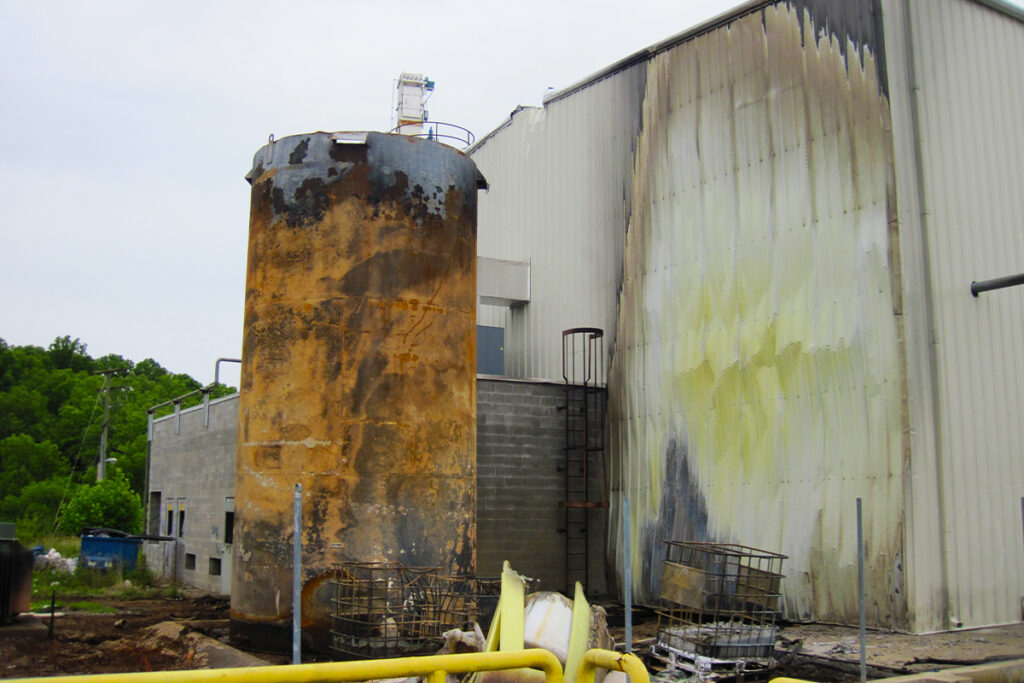
On a crisp morning in late October, I meet Sean Guthrie outside his home in southwestern Pennsylvania. The house is yellow and covered in vines, and Guthrie wears cargo pants and a cap from Washington & Jefferson, a nearby college where his daughter is on the dance team and studying psychology. In between his years at AOP Clearwater and Fairmont Brine, he worked at two other fracking waste treatment plants, one in Indiana, Pennsylvania, and another in Canonsburg, south of Pittsburgh. “I’ve been all over the place with this stuff,” says Guthrie.
He suspects that it may be inside him. Shortly after his time at Fairmont, Guthrie says he developed a severe breathing condition that made even short walks to the mailbox difficult. “I tried to get a job at Walmart, figured it wouldn’t be too bad,” he says. “I lasted three and a half hours and wasn’t able to go back.” He lays out a list of other health concerns that have developed since his time working with fracking waste. “Lately both of my shoulders and elbows hurt—is that pain from this, or am I just getting old? I’ve also noticed my teeth have gotten brittle, or they break for no reason. One snapped off in my sleep.” He was eventually diagnosed with a chronic breathing condition called COPD, a diagnosis that has at least provided him treatment options.
Shortly after his time at Fairmont, Guthrie says he developed a severe breathing condition that made even short walks to the mailbox difficult.
To pay for all of his expenses, he says, “I went through savings, burned through unemployment, and sold off my two vehicles.” Unable to work jobs that require heavy lifting or exertion, he presently works as a manager at a local grocery store. Without a car, he walks to work. Luckily, it’s not far.
“It’s like I’m starting from scratch,” says Guthrie. “The thing that bothers me is, what’s the endgame?”
The West Virginia Department of Health & Human Resources says there are three registered oil field waste treatment facilities operating in West Virginia, and “there are two companies that have contacted [the Bureau for Public Health] to inquire about the registration process” for opening new frack waste treatment plants in the state.
“I don’t understand why the economic development people aren’t looking at the long-term impacts of this industry when nobody wants the waste,” said Leatra Harper, director of the Ohio-based FreshWater Accountability Project. “When the companies are gone, who is going to pay for the cleanup? It is always the taxpayer.”
“It is a slow-rolling disaster.”
Your support matters…Independent journalism is under threat and overshadowed by heavily funded mainstream media.
You can help level the playing field. Become a member.
Your tax-deductible contribution keeps us digging beneath the headlines to give you thought-provoking, investigative reporting and analysis that unearths what's really happening- without compromise.
Give today to support our courageous, independent journalists.
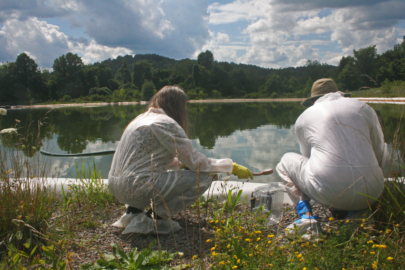
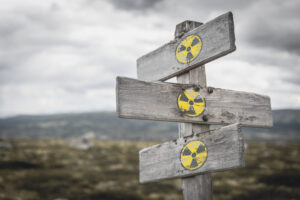
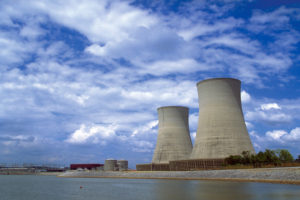

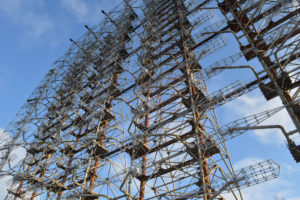
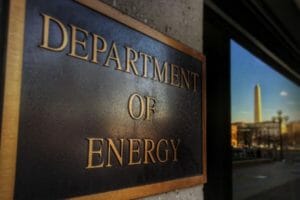
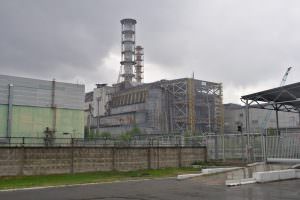
You need to be a supporter to comment.
There are currently no responses to this article.
Be the first to respond.